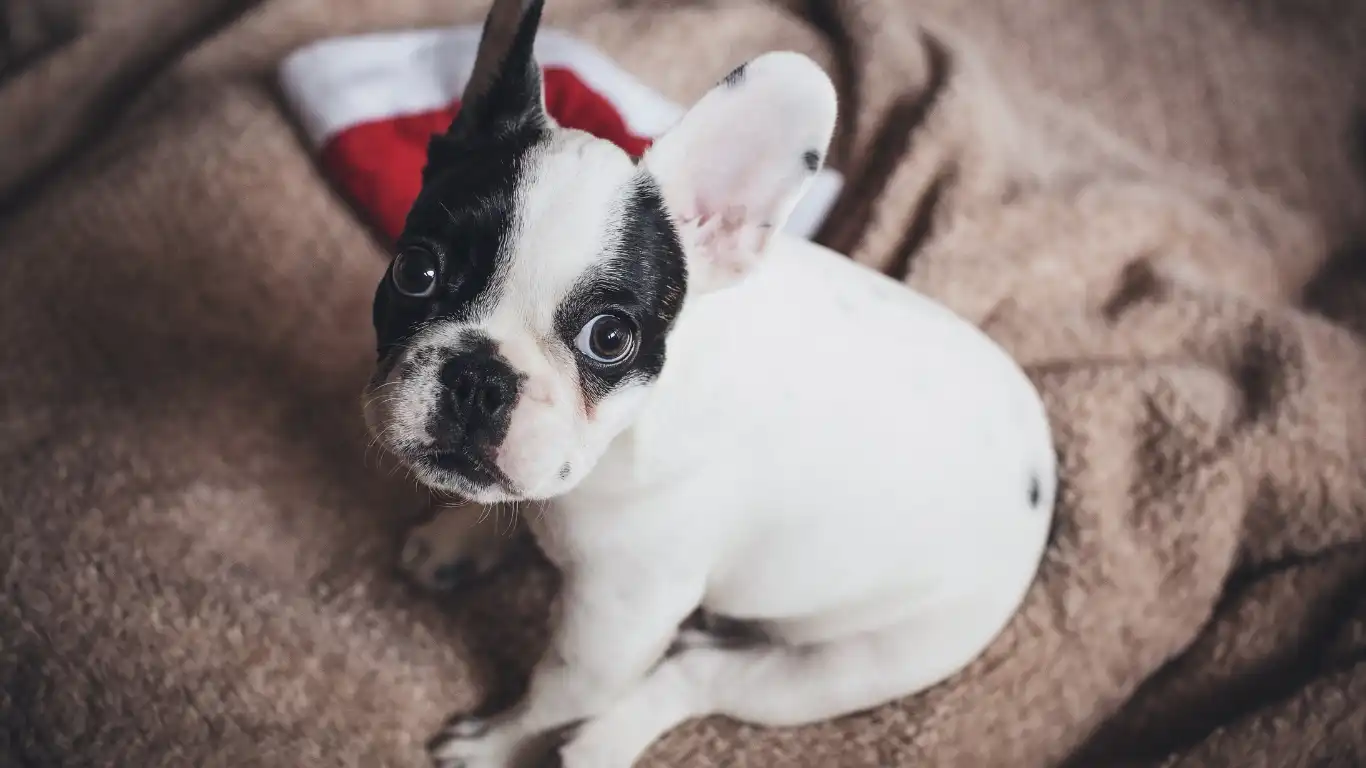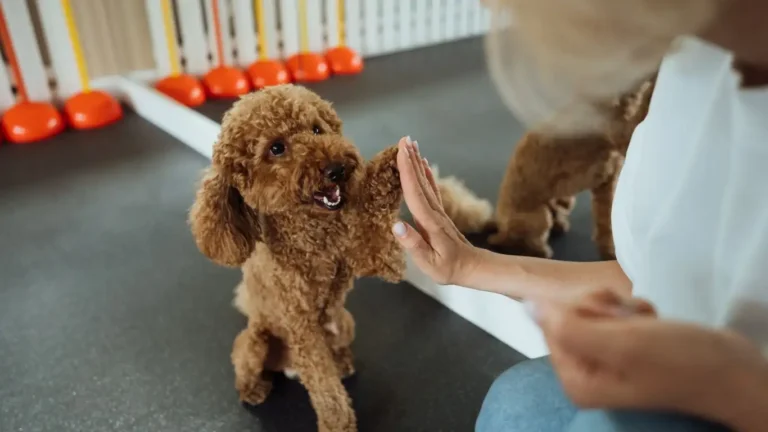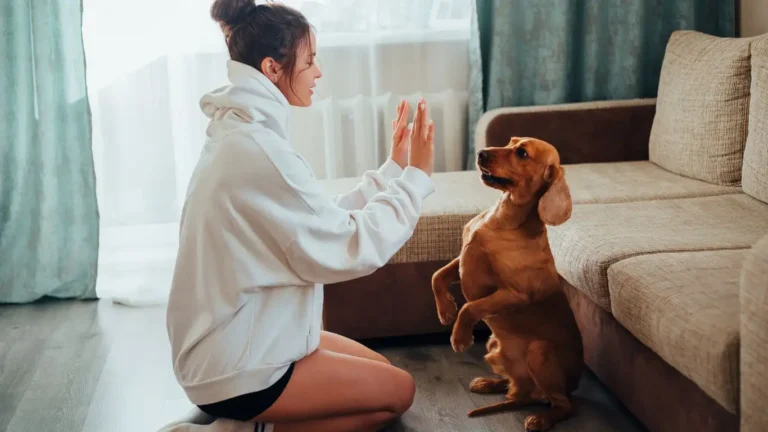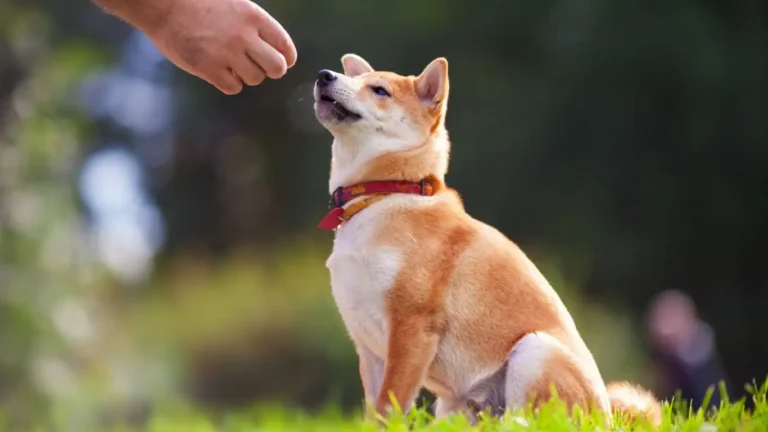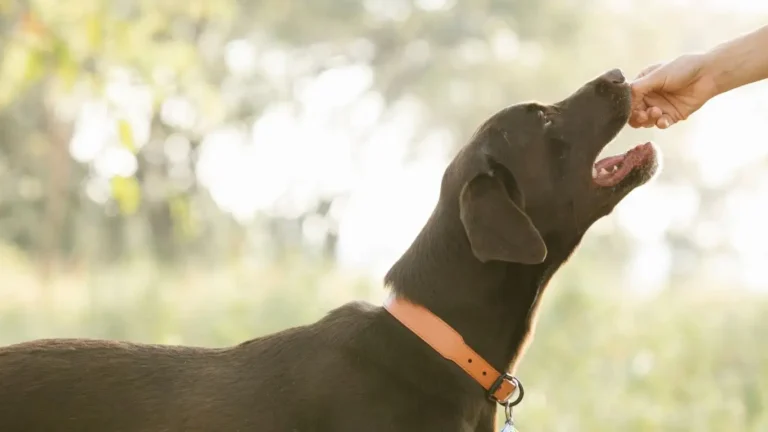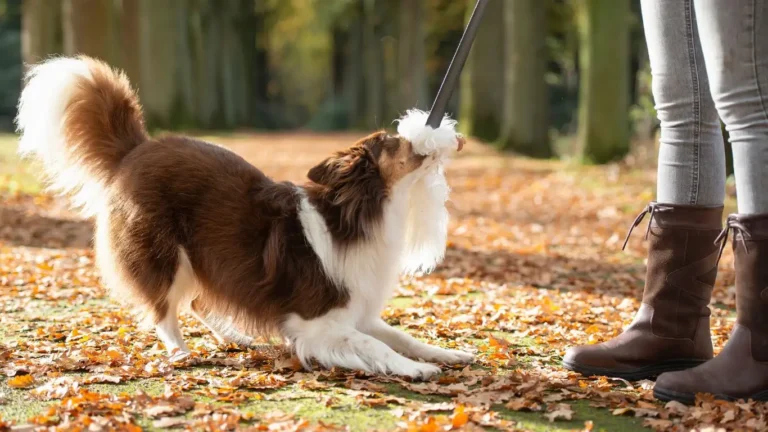How to reward good behavior without food treats the smart way
Let’s be honest — rewarding our pets for good behavior is one of the highlights of being a pet parent or vet tech. I’ve spent years in clinics and homes helping people train their dogs and cats, and one of the most common things I hear is, “What if I don’t want to use food treats all the time?” It’s a great question, and honestly, *how to reward good behavior without food treats* is something I talk about a lot, especially when I’m working with clients trying to manage pet weight or avoid picky eating habits. Thankfully, there are plenty of creative (and just as effective) ways to reinforce good behavior that don’t involve food. Let’s dig in!
Why Rethinking Rewards Matters
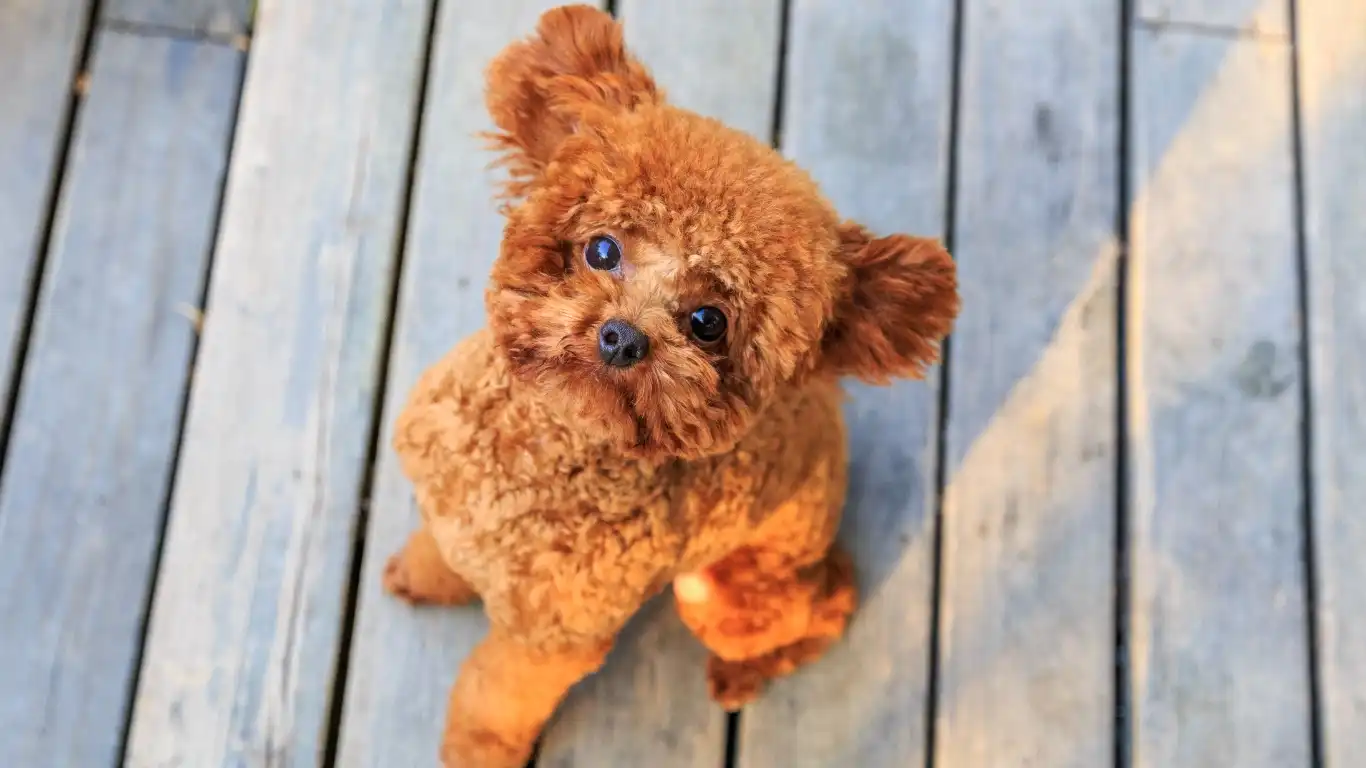
Look, I get it — food is easy. And most dogs (and some cats!) are all about those crunchy, smelly, delicious bites. But relying too much on edible rewards can backfire. As a vet tech specializing in nutrition, I’ve seen the consequences: weight gain, digestive issues, and even food motivation so strong that a dog refuses to listen unless you’ve got a treat in hand.
Switching up your reward game isn’t just smart — it builds a deeper, more balanced bond with your pet. When they respond to your praise, your energy, or your playfulness, you know they’re engaging with *you*, not just your treat pouch.
Understanding What Motivates Your Pet
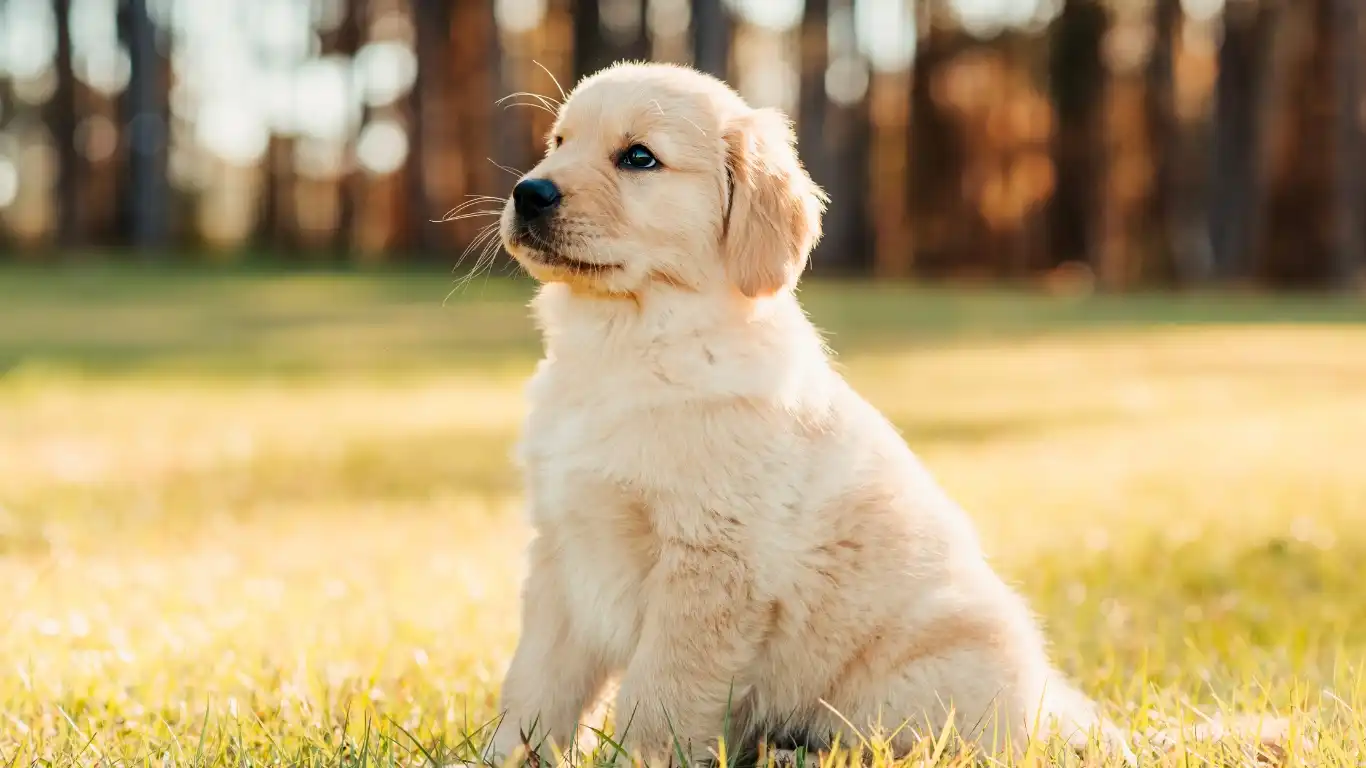
Every pet is different
This one comes from experience — I once worked with two Labrador Retrievers from the same litter. One would have done backflips for a squeaky toy, while the other couldn’t care less unless you scratched behind her ears. Motivation is personal, and the key to successful non-food rewards is tuning into what your pet *really* loves.
- Toys: Some dogs go wild for a quick game of tug or fetch.
- Touch: A belly rub, chest scratch, or ear massage can go a long way.
- Verbal Praise: High-pitched, happy “good boy!” or “good girl!” can light them up.
- Freedom: Allowing them to sniff around off-leash (in a safe space) or hop on the couch can be a major reward.
Pro tip: Keep a note on your phone or in a journal about what your pet responds to best. What gets that tail thumping or that purr going? That’s your goldmine of positive reinforcement tools.
Training Reinforcement Without the Kibble

Use your voice — and mean it
Our voices are powerful. When I worked in clinic settings, especially in surgery recovery or behavior sessions, I learned that a simple, *genuine* “good job” or “yes!” paired with a happy tone could completely shift a pet’s response. You want your tone to be like confetti — energetic, light, and celebratory.
Playtime as a reward
Some pets live for play. Whether it’s tossing a ball, untying a knotted rope, or even chasing bubbles (yes, that’s a thing), play can be an amazing training tool. Right after a well-done command, give them a short burst of their favorite game. It builds positive associations, just like a treat would.
Incorporate freedom
It may not sound like a reward to us, but to a dog who just nailed a ‘heel’ command? Getting to sniff that one *very interesting* patch of grass is huge. Use access to environments or experiences as part of your reward system. This especially helps dogs who are high-energy or scent-driven.
How to Reward Good Behavior Without Food Treats: A Practical Breakdown
- Mark the Behavior: Use a clicker or a sharp “yes!” the instant your pet does the desired action.
- Deliver the Non-Food Reward: Pet, praise, toy, or freedom — whatever fits your pet’s love language.
- Stay Consistent: The more consistent you are, the faster your pet will make the connection.
From years in vet clinics and working with all kinds of personalities (yes, even the grumpy Chihuahuas and overly excited Goldens), I can tell you this: rewarding without food works — and sometimes it even works *better*. You’re teaching your pet to value interaction and connection over snacks, which can make for a way more balanced and healthy relationship down the road.
Building Stronger Bonds Without the Biscuit

One thing I’ve learned during my years as a vet tech, especially when working closely with families on behavior and nutrition, is that dogs often crave *connection* more than calories. It’s easy to default to treats because they’re quick, but when you replace them with meaningful interaction, something incredible happens: your pet starts to *choose* you, not just the food in your hand.
And that shift? That’s gold. That’s where your relationship deepens. I’ve seen it in shelter dogs, in nervous rescues, and in the “spoiled rotten” pups who’ve been hand-fed filet mignon (true story, by the way). Once they realize that you bring fun, praise, touch, and freedom, not just snacks — their engagement skyrockets.
Making Praise More Impactful

Say it like you mean it
Let’s talk about verbal rewards again, because they’re one of the most underused tools in positive reinforcement. When you say “GOOD job!!” with real energy, a big smile, and maybe even a happy little dance — your dog feels that. They feed off your vibe. Don’t be shy about exaggerating it. You’re not just saying words — you’re marking a win for your pup.
I once worked with a quiet, anxious Beagle mix who barely reacted to anything — until we discovered she responded best to cheerful, over-the-top praise and light clapping. Her tail would wag like crazy, and that simple shift helped us make huge training progress without a single treat.
Timing is everything
You’ve got about 1-2 seconds after the behavior happens to make your feedback meaningful. Whether you’re praising, petting, or tossing a toy, do it *right after* the good behavior so your dog can connect the dots. That’s the sweet spot where learning happens.
Using Toys as Rewards (Not Just for Play)
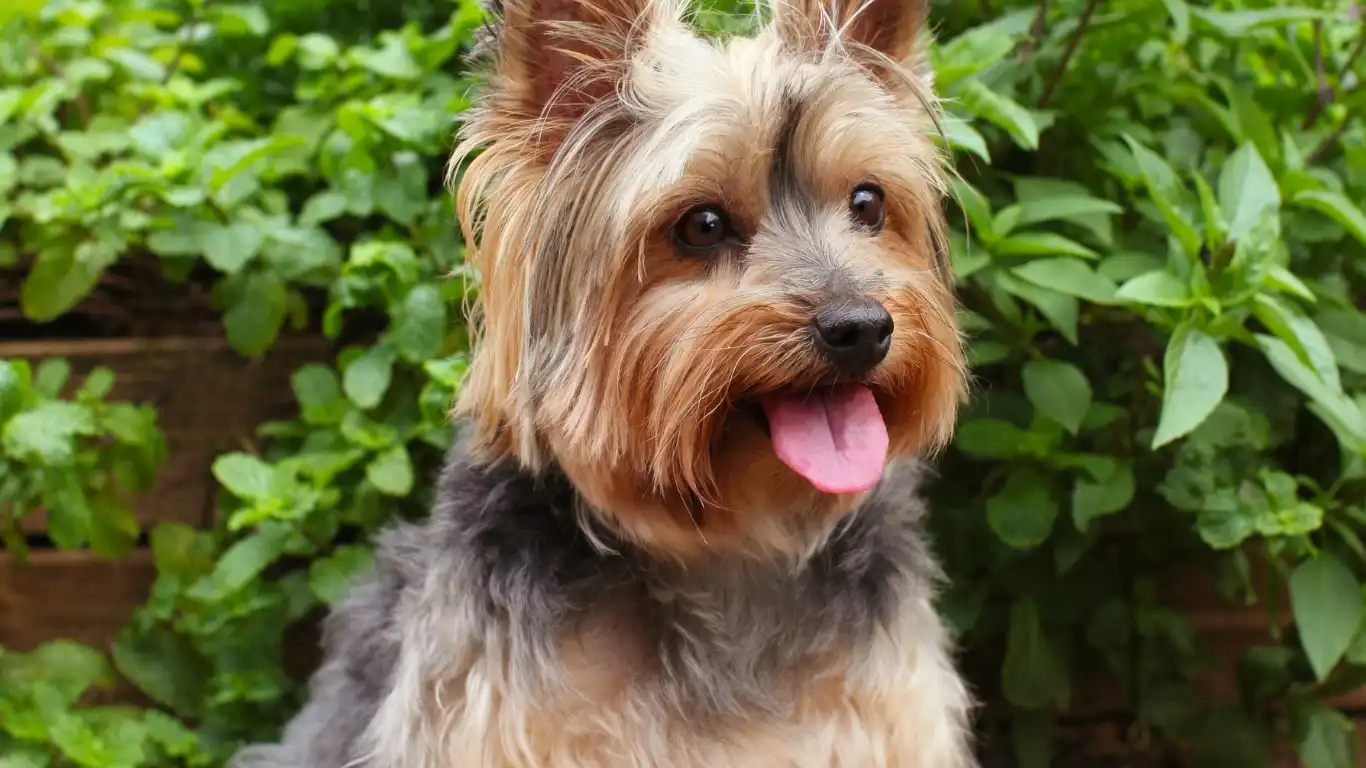
Turn favorite toys into training tools
Toys aren’t just for downtime. If your dog goes bonkers for a squeaky squirrel or a rope tug, *that’s currency*. Instead of handing out biscuits for a “sit,” toss that toy or offer a quick game of tug as a reward. You’ll still build positive associations, but without adding any calories to the mix.
One of my go-to tips during in-home consults is to keep a high-value toy handy in your back pocket (yep, squeakers in scrubs was a thing!). That way, you’re always ready to reinforce good behavior without reaching for food.
Rotate and refresh
Just like we get bored of the same Netflix show, dogs can get bored of the same toy. Keep a few special ones out of reach and only use them for training sessions. It keeps the novelty — and the motivation — high.
- Use a flirt pole for energetic dogs. It’s like a giant cat toy but for pups, and they love it!
- Try puzzle toys as a reward. After a great session, give them a toy they get to “solve” as a brainy bonus.
- Let them win. With tug-of-war, don’t always take the toy away. Let them “win” sometimes — it boosts confidence and keeps them engaged.
Life Rewards: Everyday Moments That Matter
This is one of my favorite parts of training without food — using real-life experiences as rewards. It’s something I talk about with pet parents all the time because it turns your entire day into a training opportunity.
Give them what they want — strategically
Is your dog desperate to go sniff a tree? Make them “sit” before you release them. Want to jump in the car for a park trip? Ask for a “wait” before opening the door. These little moments become powerful rewards when timed right.
For example, I had a super energetic Border Collie client who was obsessed with agility equipment. We used access to the A-frame or tunnel as rewards instead of treats. She didn’t even notice the treats were gone — she was just thrilled to work for what she loved doing.
- Identify what your pet wants in the moment.
- Ask for a simple behavior (like “sit” or “wait”).
- Reward them by granting access to that thing.
This method works wonders because it’s practical and it fits seamlessly into your daily routine. Plus, it teaches your pet that good manners = good things, which is a lesson that sticks way longer than the taste of a liver treat.
Consistency and Confidence Go Hand in Paw
If there’s one piece of advice I’d pass on after years in the field, it’s this: your pet thrives on predictability. The more consistent you are — in how you reward, when you reward, and what you expect — the more confident and secure your pet will be. That confidence fuels better behavior, stronger bonds, and yes, fewer treat-dependency meltdowns.
Remember, how to reward good behavior without food treats isn’t just a training question — it’s a lifestyle shift. And once you make it, you’ll be amazed at how much more responsive, focused, and *tuned in* your pet becomes. It’s not always the easiest switch at first, especially if you’ve got a treat-motivated pup, but trust me — it’s worth it. Your relationship will grow in ways that kibble can’t touch.
Overcoming Common Challenges Without Food Rewards

So now that we’ve covered the why and the how, let’s talk about the real-world stuff — the hiccups that happen when you start transitioning away from food-based training. Trust me, it’s not always smooth sailing. I’ve had my share of moments where I second-guessed myself, especially when working with pets who had years of food-based reinforcement behind them. But the good news? It’s 100% doable, and often, the long-term results are even better.
“My dog just won’t respond unless there’s food involved.”
I hear this *all* the time, especially from new pet parents or those dealing with a particularly stubborn dog. One client I worked with had a sweet but sassy Frenchie who flat-out refused to sit unless she saw a treat in hand. We gradually phased food out by pairing it with non-food rewards — lots of praise, physical affection, and short play bursts — until eventually, she was working just for attention and fun. You don’t have to go cold turkey. Start by mixing it up. Reward randomly with food and consistently with praise or toys, and the dependence starts to fade.
Breaking habits — yours and theirs
Sometimes, *we’re* the ones stuck in the habit. I used to instinctively reach for the treat pouch without thinking — it was just second nature. Changing that habit means being intentional. Keep your toy or praise-ready energy just as accessible as those biscuits. A sticky note on your leash hook or treat jar reminding you “Praise FIRST” can help you retrain your own muscle memory too.
Enrichment as Reinforcement
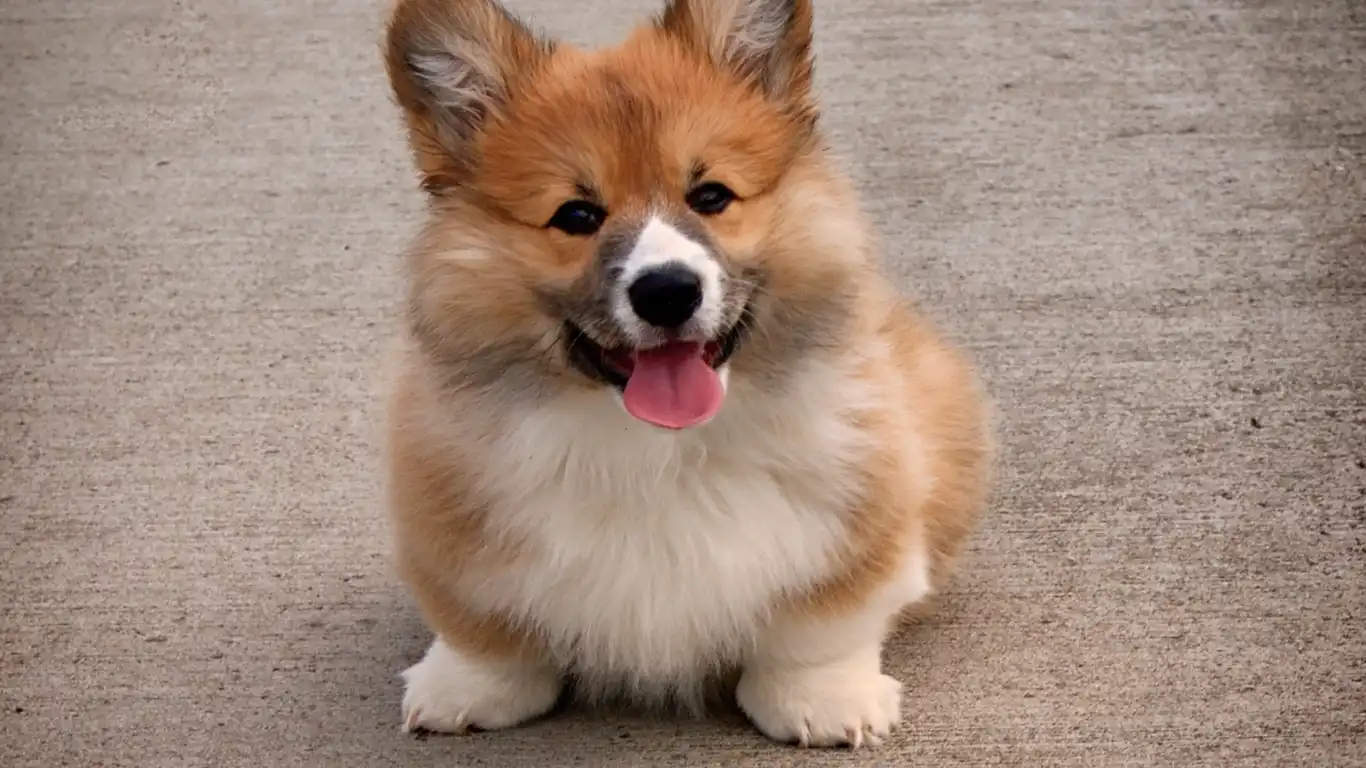
Something I’ve leaned into heavily in my nutrition-focused training consults is enrichment. Mental and sensory enrichment isn’t just good for your pet’s brain — it’s also an amazing tool for rewarding good behavior *without food treats*. Dogs, in particular, crave novelty, exploration, and problem-solving. Giving them opportunities to engage those instincts can be more satisfying than any biscuit.
- Sniff walks: Let them guide the walk and sniff to their heart’s content as a reward for good leash manners.
- Obstacle courses: Set up simple challenges in your yard or home — pillows, chairs, broomsticks — and let them “win” after showing good focus.
- New environments: A car ride to a new park or even a different walking route can be an exciting treat for pets who love variety.
I worked with a high-energy Husky mix once who had zero interest in food rewards. His favorite “treat”? Exploring new trails. So after a great training session, we’d hit the road — that was his version of the jackpot.
How to Reward Good Behavior Without Food Treats: Long-Term Success Tips
Here’s the deal — lasting training success without relying on food treats is totally achievable, but it takes consistency and a bit of creativity. The more ways you learn to reward your pet without treats, the more versatile and reliable your training will become.
- Be observant. What *really* lights up your dog? Pay attention to those cues.
- Vary your rewards. Don’t get stuck in one non-food method. Mix up toys, praise, and life rewards.
- Stay patient. Shifting away from food treats won’t happen overnight. Small wins are still wins!
- Celebrate progress. Even the tiniest moment of good behavior deserves acknowledgment. Your dog needs to feel that feedback loop to keep thriving.
What I love most about this approach — and what I try to emphasize in every consultation — is that it builds a *relationship*, not just a conditioned response. When your dog listens to you because they trust you, enjoy working with you, and understand the structure you’ve given them, that’s real training success. That’s the kind of behavior that lasts beyond the cookie jar.
Final Thoughts from My Experience
As someone who’s worked in the veterinary field for over a decade, from emergency clinics to holistic nutrition consulting, I can say this with full confidence: dogs (and even cats!) don’t need food to feel motivated — they need *you*. Your time, your energy, your consistency. That’s the real reward. I’ve seen it with senior dogs learning new tricks, rescue animals learning trust, and even stubborn terriers mastering recall. It’s possible, and it’s powerful.
So the next time your hand instinctively reaches for a treat, pause and ask yourself — can I reward this in a more meaningful way? More often than not, the answer is yes. And your pet will thank you with better behavior, a stronger connection, and a wagging tail that’s all for you — not the snacks.
References
- American Veterinary Medical Association (AVMA)
- Victoria Stilwell’s Positively.com
- American Society for the Prevention of Cruelty to Animals (ASPCA)
- PetMD
- American Kennel Club (AKC)
Disclaimer
This article is based on my personal experience as a veterinary technician/nurse with a focus on animal nutrition. While I aim to provide accurate, experience-backed insights, this content is for informational purposes only and should not replace professional veterinary advice. Always consult your veterinarian before making major changes to your pet’s training or reward routine.
